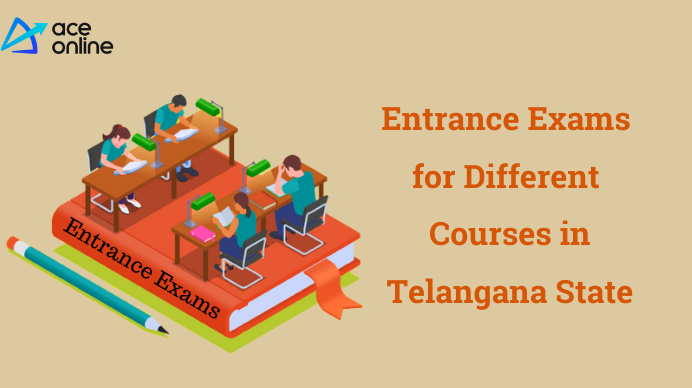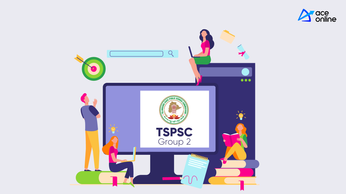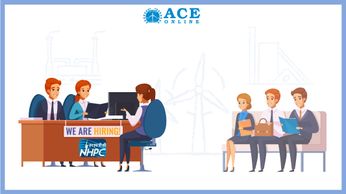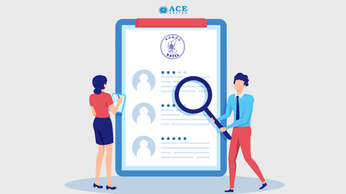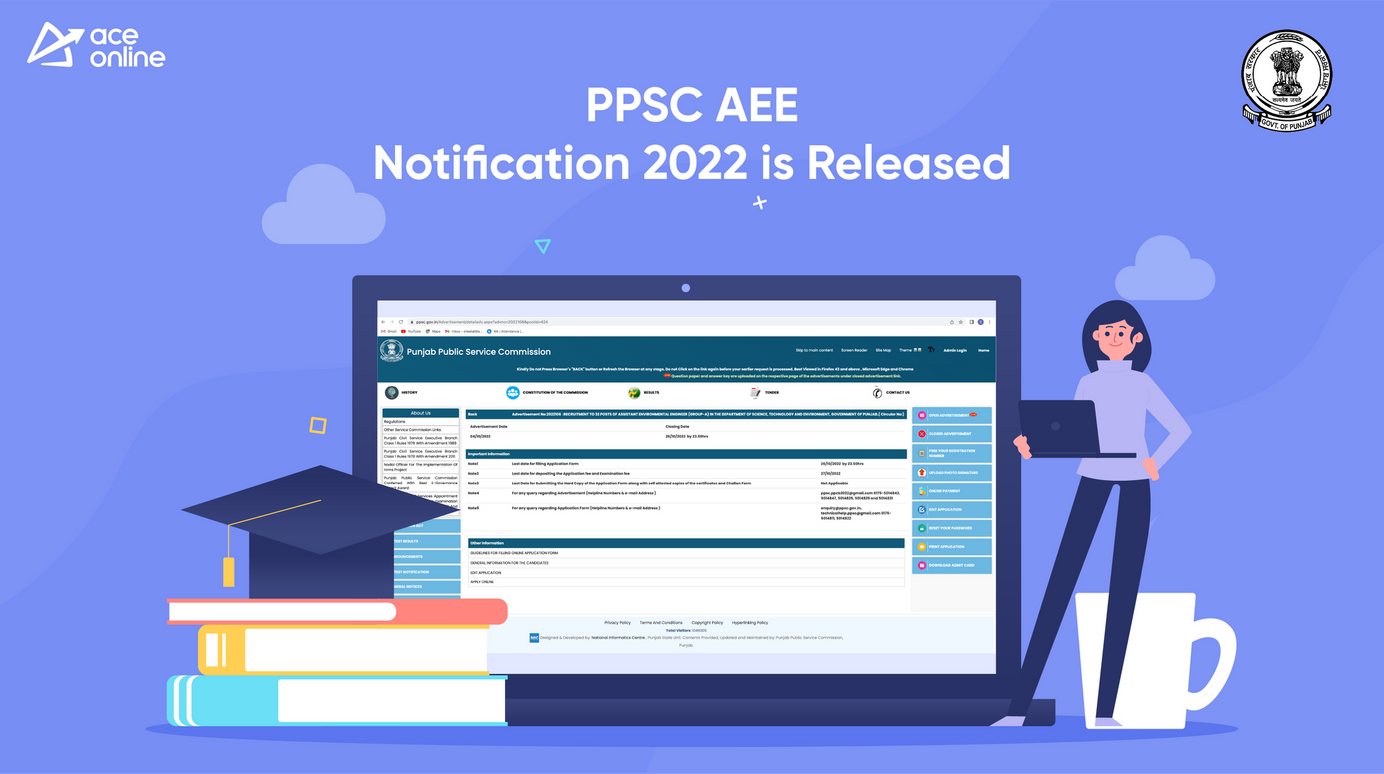
PPSC AEE 2022 Notification is Released
Punjab Public Service Commission has released a notification to recruit 53 Assistant Environmental Engineer Posts in the Punjab state division. Out of 53 posts, 32 are Assistant Environmental Engineer posts and 21 are Junior Environmental Engineer posts. The PPSC application form dates started on 4th October and will end on 27th October 2022.
PPSC AEE Notification 2022 Highlights
PPSC AEE Exam Pattern 2022
PPSC AEE 2022 Application Process 2022
- Visit the PPSC official website
- Find out the notification and look for the “Apply/View” button.
- Fill in the required details and proceed to pay the exam fees.
- Submit the application and take a printout form for further processing.
PPSC Group A Syllabus 2022
Part – A
Air Pollution :
Air quality and emission standards Control Technologies: Particulate matter control technologies and various particulate equipment. Air pollution control by thermal and catalytic combustion. Emissions control of sulfur dioxide, nitrogen oxides, and organic substances.
Atmospheric dispersion of air pollutants, temperature inversions, Estimation of pollutants by Gaussian plume model Control of Automobile Emissions: Automobile pollution of internal combustion engines, petrol engines, spark ignition engines, diesel emissions. Particulate matter and control technologies for diesel engines. Alternative use of fuels to control pollution. The recent focus on global warming and control of Greenhouse Gases, ozone depletion, and phasing out of chlorofluorocarbons. Acid rain and photochemical reactions
Solid Waste Management: Waste generation, need, and requirements for management and planning. Solid waste types i.e. municipal waste, urban, rural and industrial wastes. Special wastes i.e. tyres, household hazardous, demolition, domestic; sewage sludge and municipal; slaughterhouse; agricultural; radioactive, electronic, mining, hazardous, and biomedical wastes. Integrated Solid Waste Management; Solid waste characterization: ultimate and proximate analysis; Waste reduction at source, volume reduction, and collection techniques. Treatment and disposal techniques: Open and ocean dumping. Landfill: Sanitary land filling methods, operation, and design.
Recycling of Aluminum, glass, plastic, paper, etc. Biological waste treatment: Composting: aerobic and anaerobic composting. Thermal treatment for volume reduction technologies: incineration gasification, pyrolysis, open burning, etc Treatment Methods for water & waste: Sources and characterization of water pollution. Primary Treatment: gravity separator, equalization tanks, Sedimentation, Flotation Secondary Treatment – Design of Upflow Anarerbic, Sludge Blanket (USAB) reactor, Activated Sludge process – Rotating Biological Contactors (RBC), Trickling Filters; Natural Treatment – Wetland Systems, Waste Tertiary Treatment systems: Disinfection, etc. Sludge and solid wastes treatment: Identification of hazardous wastes – disposal and waste minimization, waste management. Hydraulic Design of Sewers: Introduction, Hydraulic formulae. Minimum and maximum velocity of flow. Hydraulic elements of circular sewers, egg-shaped sewers, and other sewer sections.
Hydrology and Ground Water: Hydrologic cycle, Scope, and Applications Precipitation: Types Forms, Measurement by rain gauge and other methods, Design of rain gauge station, Mean precipitation, Presentation of rainfall data, Estimation of messing rainfall data. Test for consistency of record, Analysis of rainfall data, Intensity-depth-area relationship, Duration Frequency curves, Depth-Area-Duration curves, and Frequency analysis of rainfall data. Abstractions from Precipitation: Evaporation, Factors affecting evaporation, Measurement by different methods, Evaporation measurement, infiltration, Factors affecting infiltration Measurement, Infiltration capacity curve, Infiltration indices. Run Off: Factors affecting runoff, Estimation of run-off (different methods), Rainfall-runoff correlations. Hydrographs: Components, Base flow separation, Derivation of unit hydrograph and its applications & limitations, Distribution graph, Synthetic and Instantaneous unit hydrograph. Reservoir Planning:
Types of the reservoir, Storage zones, Selection of reservoir site, Mass curve analysis for reservoir capacity, Reservoir yield and its determination for a given reservoir capacity, Reservoir sedimentation and its control, Reservoir evaporation and Methods for its reduction Floods: Estimation of peak flood, Methods of flood control, Flood control economics and Flood routing, Ground Water: Role of Ground Water in the hydrological cycle, Distribution of Ground Water, Types of aquifers, Aquifers parameters. Well, Hydraulics: Darcy’s law, Types of aquifers, Steady flow towards fully penetrating well, Equation of motion and its applications to groundwater flow problems, Determination of aquifer constant in various types of aquifers, Types of tube wells.

Environmental and Ecological Studies: Concept of Biosphere – Lithosphere, Hydrosphere, Atmosphere. Need for public awareness. Natural Resources – Renewable and non-renewable resources. Natural resources and associated problems. a) Forest resources: use and over-exploitation, deforestation, and its impact. b) Water resources; use and overutilization of surface and groundwater and its impact. c) Mineral resources: use and effects on the environment on over-exploitation. d) Food resources: Effects modern agriculture, fertilizer-pesticide problem, water logging, and salinity. e) Energy resources: Growing energy needs, renewable and non-renewable energy sources, and use of alternate energy resources. f) Role of an individual in the conservation of natural resources for sustainable development.
Ecosystem and its components: Definition, structure, and function; producer, consumer, and decomposer. Types of Ecosystems. Food Chains, food web, and ecological pyramids. Biodiversity and conservation. Genetic, species, and ecosystem diversity, the value of biodiversity. Hot spots of biodiversity.
Threats to biodiversity: habitat loss, poaching of wildlife, man-wildlife conflicts. Endangered and endemic species of India. Conservation of Biodiversity. Environmental Pollution: a) Air pollution b) Water pollution c) Soil pollution d) Marine pollution e) Noise pollution f) Thermal pollution g) Nuclear hazard. Role of an individual in the prevention of pollution. Solid waste management: vermicomposting. Disaster management: Floods, earthquakes, cyclones,s, and landslides.
Social issues and the Environment. Water conservation rainwater harvesting, watershed management. Climate changes, global warming, acid rain, ozone layer depletion. Environmental Protection Laws in India. Environmental Protection Act. Air (Prevention and control of pollution) Act. Water (Prevention and Control of Pollution) Act. Wildlife Protection Act. Forest Conservation Act. Issues involved in the enforcement of environmental legislation. Environment Impact Assessment.
Part – B
(a) General Knowledge & Current affairs
General Knowledge and Current affairs of National and International importance including:
(i) Economic issues.
(ii) Polity issues.
(iii) Environment issues.
(iv) Geography.
(v) Science and Technology.
(vi) Any other current issues.
(vii) (a) History of India with special reference to the Indian freedom struggle movement.
(b) History of Punjab- 14th century onwards.
(b) Logical Reasoning, Mental Ability & Quantitative Aptitude.
(i) Logical reasoning, analytical and mental ability.
(ii) Basic numerical skills, numbers, magnitudes, percentages, and numerical relation appreciation.
(iii) Data analysis, Graphic presentation charts, tables, and spreadsheets.
Prepare well and set your mind free from stress because hard work alone gives you a cut to it. So, Keep your mind calm and prepare smartly with ACE Online TSPSC AE Course
For more suggestions and preparation strategies, Follow our blog. ALL THE BEST
Subscribe to our YouTube Channel for more updates https://bit.ly/3I1PDWs
For simple and smooth learning follow us on Facebook https://bit.ly/3uUG47W
Easy to learn, simple to remember. follow us on Instagram https://bit.ly/3oTntVU
Download our android app to receive updates https://bit.ly/3HY20CS
Connect with knowledge - To Download our windows app https://bit.ly/3LGyVOg
Think bigger, Learn Smarter, Download our iOS app https://apple.co/3LFzwzO
ACE Online Newsletter
Join the newsletter to receive the latest updates in your inbox.

